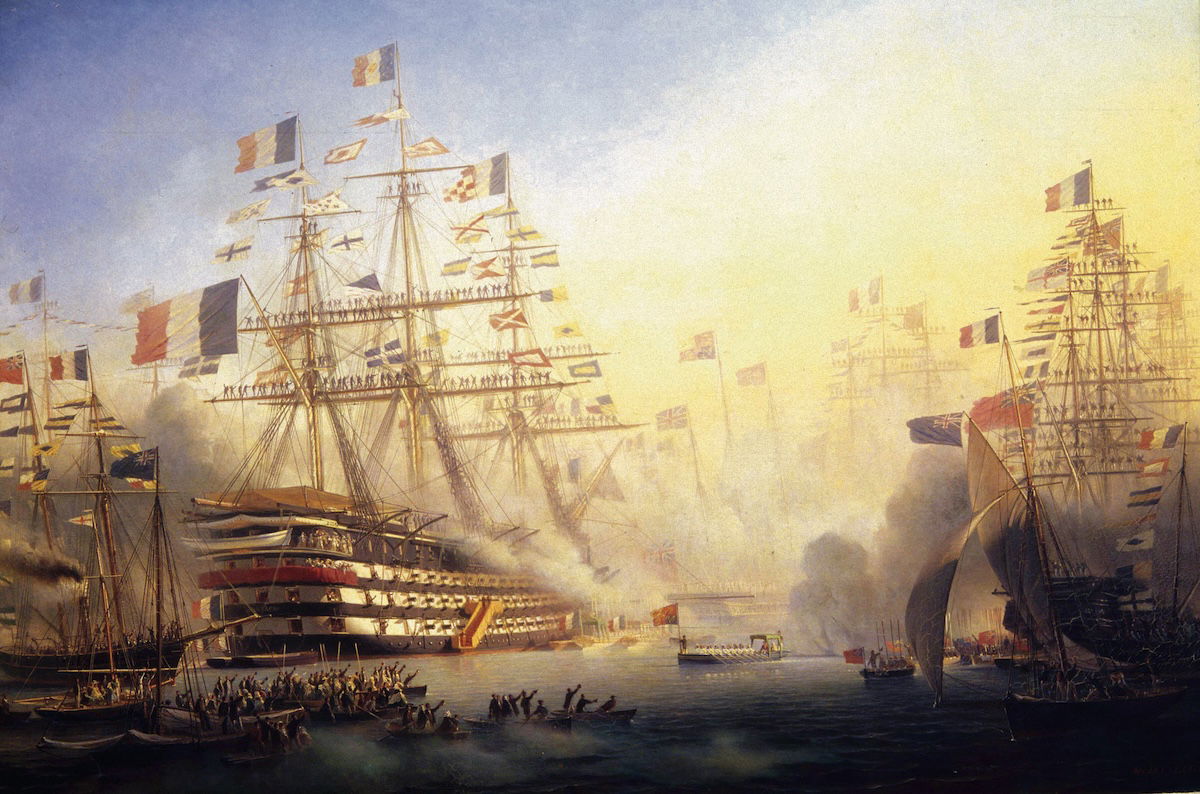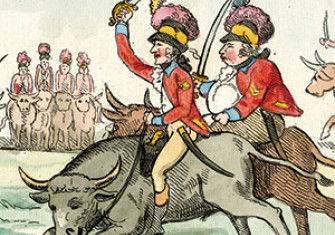Ship Shape: British Naval Strategy After Napoleon
British military engagement in northwest Europe did not pause after Waterloo and resume in 1914. The intervening century saw fluctuations in French power – and the creation of a strategic system to control it.

In the summer of 1858 the French emperor Louis Napoleon III decided the time was right to inaugurate the massive artificial harbour at Cherbourg on the Normandy peninsula, by then largely complete, with an ostentatious display of French power. This vast prestige project, intended to facilitate an invasion of England, was begun under Louis XVI in the 1780s, revived by Napoleon I, and sustained by every French regime that followed. Cherbourg, it was hoped, would keep British troops tied down on defensive duties at home, rather than supporting their European allies. After 1814 work on Cherbourg, then the world’s largest artificial harbour, became a litmus test for the intentions of successive French regimes, whose names and claims were emblazoned on each new section of the project, ultimately combining a first-class invasion base, naval station, and dockyard 60 miles from the English coast. Across the Channel, the Royal Navy observed the project in war and peace, preparing new weapons and techniques to destroy it.







